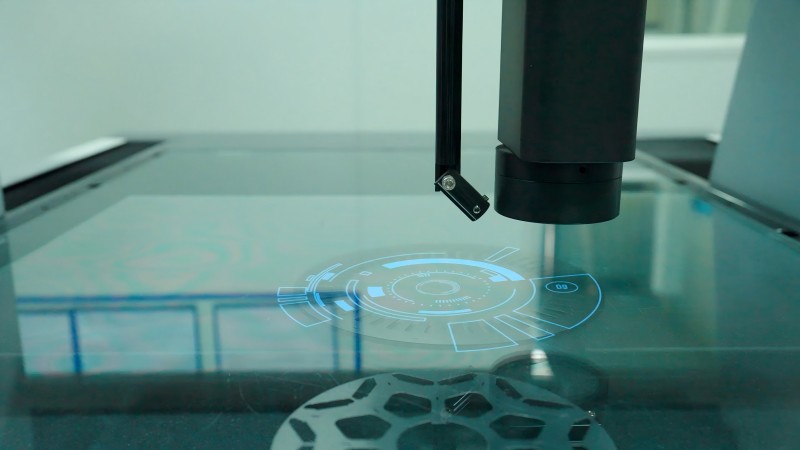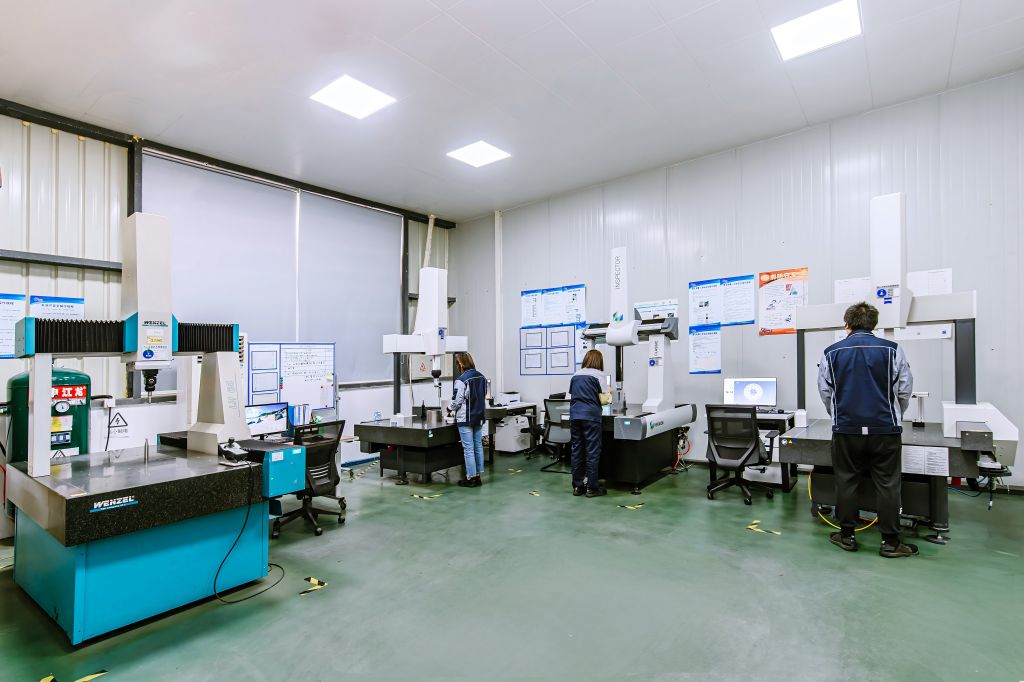Electric cars, or EVs, are revolutionizing the global automotive sector by pushing the limits of performance, sustainability, and efficiency. At the heart of these advancements lies the electric motor, where precision-engineered stator and rotor laminations play a crucial role in optimizing energy conversion. Ensuring their dimensional accuracy is vital to enhancing motor efficiency and longevity.
Why Precision Measurement Matters
The heart of an electric motor is made up of ultra-thin silicon steel sheets called stator and rotor laminations. Their main function is to direct and improve the magnetic flux, which lowers energy losses and raises overall effectiveness. Higher operating temperatures, decreased motor performance, and increased core losses can result from even the slightest changes in their dimensions or alignment.
Manufacturers must use cutting-edge precision measurement methods to satisfy the EV industry’s exacting quality standards. By using these methods, laminations are guaranteed to adhere to strict tolerances, retain a constant level of quality, and enhance the overall dependability of EV motors.
Key Measurement Challenges in EV Motor Laminations
Manufacturers of stator and rotor laminations face several challenges in achieving high-precision measurements:
- Thickness Consistency: Variations in lamination thickness can cause uneven magnetic fields and increase energy losses.
- Stack Height Accuracy: The combined height of multiple laminations must be tightly controlled to ensure motor efficiency.
- Slot and Hole Alignment: Misalignment can disrupt winding placement, leading to inefficiencies and increased electromagnetic interference.
- Surface Quality: Burrs, scratches, and deformations can negatively impact motor assembly and performance.
To overcome these challenges, manufacturers deploy state-of-the-art measurement techniques that combine speed, accuracy, and reliability.

Advanced Precision Measurement Techniques
1. Coordinate Measuring Machines (CMMs)
One of the most popular instruments for measuring intricate geometries of EV motor laminations is the Coordinate Measuring Machine (CMM). By offering highly accurate three-dimensional measurements, they guarantee that every lamination satisfies design requirements.
CMMs measure the following using non-contact laser scanners or touch probes:
- Inner and outer diameters of laminations
- Slot and hole positioning accuracy
- Flatness and parallelism of stacked laminations
- Overall stack height deviations
Modern CMMs integrate automated workflows, reducing human error and ensuring consistent measurements across high-volume production.
2. Laser Scanning and Optical Profilometry
Laser scanning technology has revolutionized non-contact measurement techniques. By capturing millions of data points in seconds, laser scanners generate precise 3D models of laminations, identifying even the smallest deviations.
Optical profilometry, another advanced technique, assesses surface roughness, detects imperfections, and ensures uniform thickness. These methods are essential for:
- Detecting micro-deformations in laminations
- Measuring the uniformity of insulation coatings
- Identifying defects such as burrs and edge irregularities
The speed and accuracy of these technologies make them indispensable for real-time quality control in EV motor production.
3. Eddy Current and Magnetic Property Testing
Since stator and rotor laminations are designed to enhance magnetic efficiency, testing their electrical and magnetic properties is crucial. Internal flaws and material irregularities can be found using a non-destructive technique called eddy current testing. By inducing an alternating current into the laminations, this technique helps identify:
- Micro-cracks and voids in the material
- Variations in electrical conductivity
- Inconsistencies in insulation coatings
Magnetic property testing, on the other hand, evaluates permeability, core losses, and hysteresis characteristics. These tests ensure that the laminations perform optimally in high-speed EV motors, reducing energy losses and heat generation.
4. X-Ray and Computed Tomography (CT) Scanning
X-ray and CT scanning are becoming increasingly important for in-depth inspection of lamination stacks. These techniques allow engineers to analyze internal structures without dismantling the components. CT scanning provides high-resolution cross-sectional images, enabling precise detection of:
- Adhesive bonding consistency in stacked laminations
- Microstructural defects that may not be visible externally
- Variations in stacking pressure that could impact motor performance
By identifying hidden defects early, manufacturers can prevent costly failures in EV motors, ensuring long-term reliability.
5. Automated Vision Inspection Systems
AI-powered vision inspection systems have transformed quality control in lamination manufacturing. Real-time lamination analysis is done by these systems using deep learning algorithms and high-resolution cameras, which identify:
- Slot misalignments
- Surface defects such as scratches and burrs
- Dimensional inconsistencies across thousands of parts
Rapid defect detection made possible by automated visual inspection lowers waste and boosts production effectiveness. These technologies are getting progressively more precise and flexible as AI develops.
Emerging Trends in Precision Measurement
The need for high-precision measurements in EV motor laminations has led to the development of next-generation technologies. Some key trends include:
- Inline Measurement Systems: Real-time monitoring of laminations on production lines to prevent defects before assembly.
- Predictive analytics powered by AI: machine learning techniques that identify trends in measurement data and anticipate possible problems with quality.
- Hybrid Measurement Approaches: Combining laser, CMM, and eddy current testing for comprehensive quality control.
Manufacturers are using these improvements to improve motor performance, increase efficiency, and tighten tolerances.
The Future of Measurement in EV Motor Manufacturing
Ultra-precise motor components will become more and more necessary as electric vehicles develop. For next-generation EV motors to operate at peak efficiency, save costs, and be reliable, precise monitoring methods will be essential.
By integrating advanced metrology solutions, manufacturers can achieve superior quality control, streamline production, and contribute to the future of sustainable mobility.



